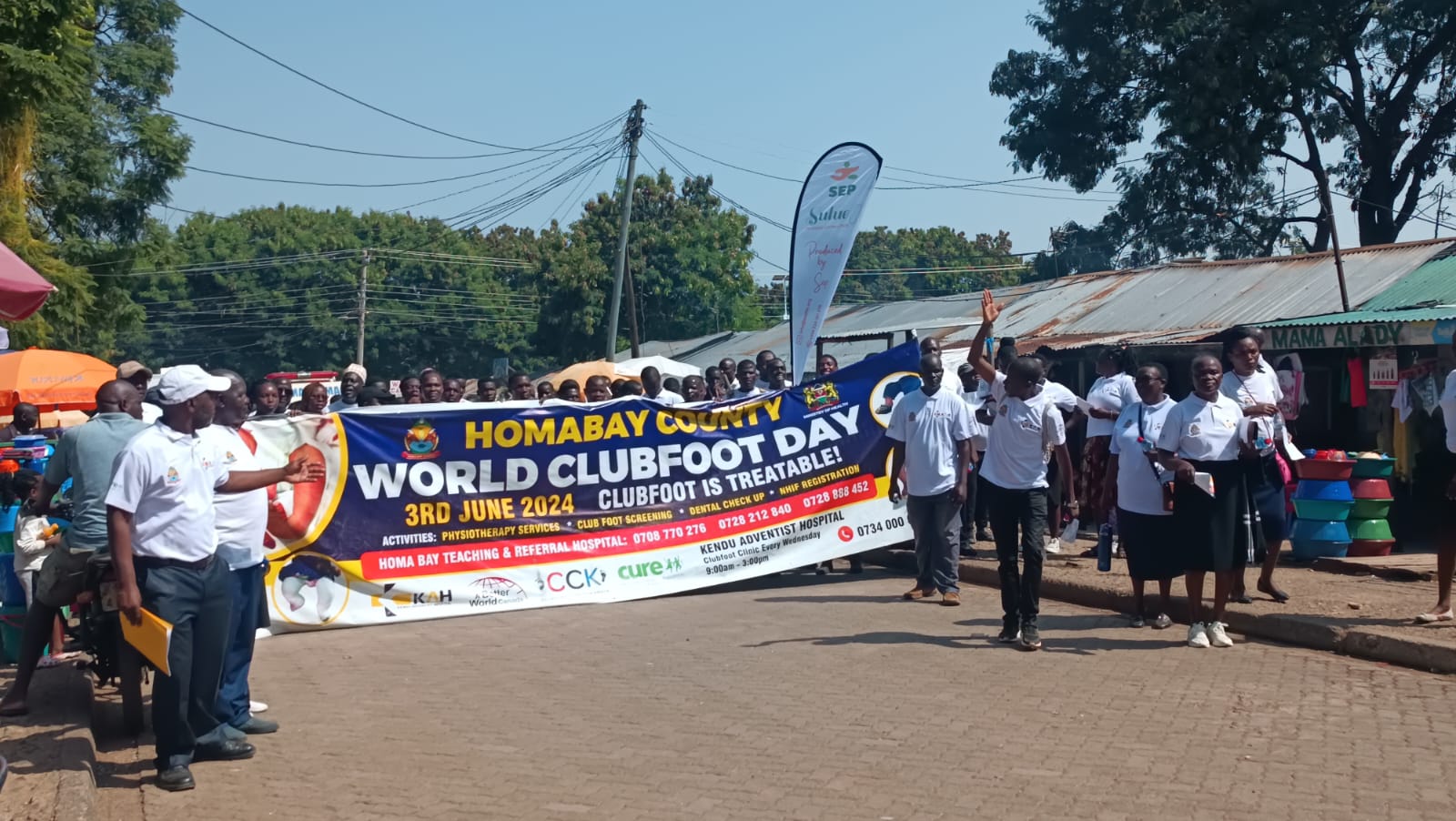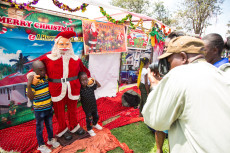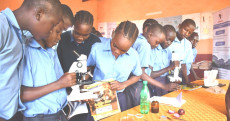- Treatment of clubfoot involves stretching and repositioning the child's foot, with the foot being cast in a new position every week.
On June 3, 2024, the world celebrated World Clubfoot Day, a commemoration to raise awareness and support treatment for this congenital disability.
Clubfoot is a musculoskeletal birth defect in which a baby is born with one or both feet turned inwards and usually shorter than normal feet. This condition is honoured in the name of Dr. Ignacio Ponseti, who developed the Ponseti treatment method to correct the deformity in 1940.
The Ponseti method is a non-surgical approach that involves manipulation of the feet, followed by the application of plaster casts and temporary bracing to bring the feet back to their normal position systematically.
According to the Ministry of Health, 2,000 infants are born with clubfoot every year in the country, with boys affected twice as often as girls. About 50% of children with clubfoot have it in both feet, a condition called bilateral clubfoot.
In Homa Bay County, 40 out of every 1,000 children are born with clubfoot, which is treated at Homa Bay Referral Hospital and Kendu Adventist Hospital.
Read More
Idiopathic clubfoot is the most common type of clubfoot where the feet are stiff but treatable, and Syndromic clubfoot, which is rare and more difficult to treat.
The lack of a known cause for idiopathic clubfoot often leads to associations with witchcraft, while some relate it to genetic factors, according to Philip Gai, CEO of Kendu Adventist Hospital.
"Idiopathic clubfoot is the most common type we register in our hospitals; we have not known the cause and is usually identified late because people believe it is witchcraft," he said.
Deryl Mbewa, the coordinator of the clubfoot clinic at Kendu Adventist Hospital, said the clinic receives at least three new cases every month, and the trained team has been effectively managing the condition.
"Kendu Adventist Hospital is famous for its treatment of clubfoot, we get at least 3 new cases every month, we have done a number of successful tenatomy surgeries for infants," said Mbewa.
Treatment of clubfoot involves stretching and repositioning the child's foot, with the foot being cast in a new position every week. This process typically takes 5 to 8 cast changes to move the foot into the correct position, after which most children require minor surgery to lengthen the Achilles tendon.
As Deryl Mbewa explained, "At Kendu Adventist Hospital, we have orthopedic surgeons who do Achilles lengthening for neglected cases above 3 years of age, it is a painful process because at this stage, the bones have hardened, although under anaesthesia."
Mildred Odongo, a mother of a 9-month-old girl with clubfoot, shared her experience, noting that the condition was not disclosed to her at birth, but she was able to start the treatment process at six weeks.
"When I gave birth to my girl, the nurse in charge did not tell me about the condition of my child, it was disclosed to me at 6 weeks that my child had clubfoot and straight away I began the process," she said.
After a series of castings, her child's feet have been corrected, and she is relieved that her daughter will have a normal life.
"It was an emotional process for me, but the hope I was given at Kendu Adventist Hospital kept me through the whole process, and today I feel happy my child has a normal leg. I would like to tell mothers like me that clubfoot is treatable," she added.
However, early detection and management of clubfoot remain a challenge, as some nurses are not trained to identify congenital abnormalities and often skip the relevant page in the mother's clinic book, according to Florence Omoro, a physiotherapist at Homa Bay Teaching and Referral Hospital.
"We have gaps in early identification because most nurses are not trained physiotherapists, they always skip page 17 of the clinic book without identifying and abnormalities hindering early treatments,” Florence said.
Victims of clubfoot are often stigmatized and hidden from the public, but parents are being encouraged to seek medical support, as clubfoot is a treatable condition.







-1766009103-md.jpeg)




